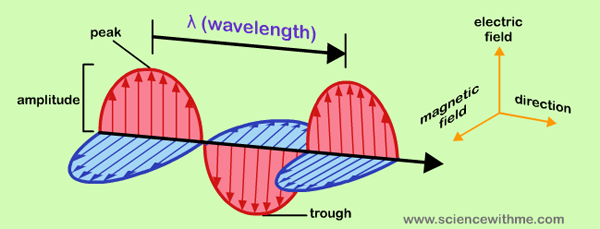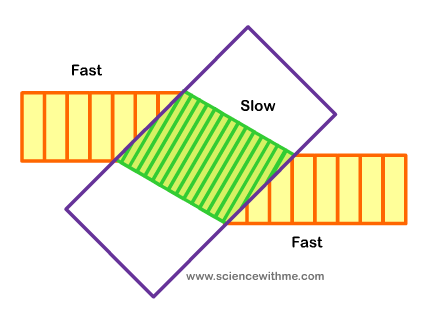Ancient civilizations were fascinated by the existence of light for thousands of years.
The Greek philosophers believed that light was made up of countless, tiny particles that enter the human eye and create what we call vision. However, Empedocles and a Dutch scientist named Christian Huygens believed that light was like a wave. According to them, light spread out and traveled like a straight line. This theory was accepted during the 19th century.
How is light perceived today?
In 1905, Albert Einstein published a research paper whereby he explained what is referred to as the photoelectric effect. This theory explains that particles make up light. The particles Einstein was referring to are weightless bundles of electromagnetic energy called photons. Today, scientists agree that light has a dual nature—it is part particle and part wave. It is a form of energy that allows us to see things around us.

What are sources of light?
Things that give off light are known as sources of light. During the day, the primary source of light is the sun. Other sources of light include stars, flames, flashlights, street lamps, glowing gases in glass tubes, and white-hot filaments in lamps, to name a few.

What are the properties of light?
When we draw the way light travels we always use straight lines. This is because normally light rays travel in a straight line. However, there are some instances that can change the path and even the nature of light. They are the following:
- Reflection: Reflection is probably the most common property of light since it enables us to see things around us. It occurs when light waves are not absorbed but are bounced from the surface. We say that the light rays are reflected. Shiny surfaces reflect light back at exactly the same angle as they arrived. Surfaces that reflect a lot of light appear white or even silver, while a smooth and polished silver surface can serve as a mirror. Dull or rough surfaces don’t reflect the light back without mixing up the light rays so they are no use as mirrors.
- Absorption: Light that hits an object may be absorbed, reflected, and even transmitted depending on the color of the object. For example, a red object reflects red light and absorbs the rest of the colors. Simply put, the color of an item depends on the color it reflects.
- Interference: Interference occurs when more than one light wave intersects a path. An example of interference is the rainbow-like light that is seen from oil floating on the sea or on the surface of a bubble.
- Refraction: Refraction occurs when light passes from one substance to another. It occurs because of the different speeds at which light passes through different substances. It is the bending of light as it moves from one medium to another of different density. Refraction is seen when a pencil dipped in a glass of water appears to be bent when viewed from the surface. This is because light passes easily through gases (such as air) but passes more slowly through materials such as glass or water.

- Diffraction: This property of light is seen when light passes through an opening or a corner smaller than the wavelength of the light.
- Polarization: As you know, light travels in waves. In fact, it is very much like a rope that when shaken, creates vibrations. If the rope is shaken up and down, you’ll be able to produce a vertical wave. A horizontal wave is produced when you shake the rope from left to right. Polarization prevents light from passing through by polarizing the lights from random directions. This is why most of the sunglasses sold in the market are polarized to protect our eyes from being directly hit by strong sunlight.
How fast does a light travel?
Physicists have attempted to measure the speed of light since the early times. In 1849, Hippolyte Fizeau conducted an experiment by directing a beam of light to a mirror located kilometers away and placed a rotating cogwheel between the beam and the mirror. From the rate of rotation of the wheel, number of wheel’s teeth and distance of the mirror, he was able to calculate that the speed of light is 313 million meters per second. In a vacuum, however, the speed of light is 299,792,458 meters per second. We can approximate the speed of light to 300,000,000 meters per second or 300,000 km per second). This is about a million times faster than the speed of an airplane.
What causes a shadow?
A ray is referred to as a thin beam of light. A shadow is a dark area formed when an object gets in the way of rays of light. If light did not travel in straight lines it would be able to bend around the object and shadows would not be formed. For a shadow to form three conditions must be met. There must be a light source, there must be an object to block the light and there must be a surface on which the light can fall. Shadows are formed outside when an object blocks the sunlight. Shadows are larger if the object is closer to the light source.
